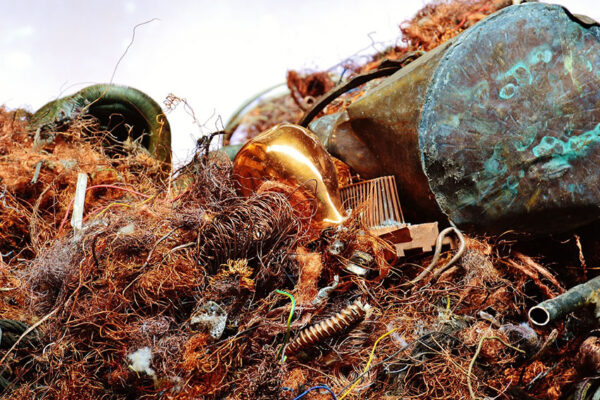Copper recycling is a lucrative opportunity that holds particular significance in Texas. The state’s robust industrial base, construction activity, and growing demand for sustainable practices create a favorable environment for those looking to maximize profits through the recycling of this material by professionals. It also allows individuals and businesses to benefit from immediate cash returns while reducing the need for environmentally damaging mining activities.
Strong Market Demand and Prices
A major reason to opt for copper recycling in Texas by professionals is that it remains one of the most valuable metals in the recycling market, largely due to its diverse industrial applications. The rapid expansion of infrastructure projects and manufacturing sectors consistently increases the demand for this material. This demand helps maintain high prices for recycled items, making it an attractive material to recover and sell. The steady market prices ensure that this process generates significant revenue, especially when compared to other scrap metals.
High Scrap Value for Maximum Revenue
Copper’s scrap value is notably higher than that of many other metals, which directly translates to greater profit margins. In Texas, scrap is often bought at premium rates because of its purity and usability. The high scrap value encourages the collection and recycling of materials, from wiring and pipes to electronic components. So, selling the scrap at competitive local prices ensures that recyclers can maximize their returns efficiently.
Energy Savings Boost Profits
Recycling copper requires substantially less energy than mining and processing new ore. In Texas, where energy costs can impact operational expenses, this reduction in energy consumption contributes to higher profitability. Lower energy use means reduced costs for businesses involved in it, allowing them to offer competitive prices while maintaining healthy profit margins. This energy efficiency also aligns with growing environmental standards in the state.
Reduced Waste and Operational Costs
Copper recycling helps minimize waste disposal expenses. In Texas, where waste management regulations are stringent, recycling reduces the volume of scrap sent to landfills. The decrease in waste lowers disposal fees and associated operational costs. Businesses that recycle can streamline their processes, reduce overhead, and improve overall profitability by managing materials more effectively.
Efficient Resource Use Increases Margins
Copper is a finite resource, and recycling it supports the efficient use of available materials. It also aligns with sustainable practices that are often rewarded through incentives. Efficient use of this material preserves natural reserves and reduces the costs related to raw material procurement, thus increasing profit margins for recyclers.
Income from Construction and Industrial Scrap
Texas’s ongoing construction boom and industrial activities generate large quantities of copper scrap. This availability creates a steady supply of recyclable materials, providing consistent income opportunities. Collecting and selling scrap from construction sites, electrical installations, and industrial equipment allows recyclers to tap into diverse sources of this metal, thus enhancing their revenue streams and stabilizing profits.
Competitive Local Prices Maximize Returns
The presence of numerous recycling centers and scrap yards in Texas fosters a competitive market for copper scrap. This competition benefits sellers by driving up local prices. Recyclers who understand the local market dynamics can negotiate better deals and choose the most advantageous times to sell this metal. Capitalizing on these competitive prices ensures maximum returns on recycled materials.
Copper recycling in Texas offers several financial advantages, many of which are driven by strong market demand, high scrap values, and energy savings. The state’s active industrial and construction sectors provide ample sources of copper scrap, while competitive local pricing enhances profitability. Reduced operational costs and efficient resource use contribute to maximizing returns. For businesses and individuals, reusing this material is a profitable venture and a sustainable practice that supports economic and environmental goals.




